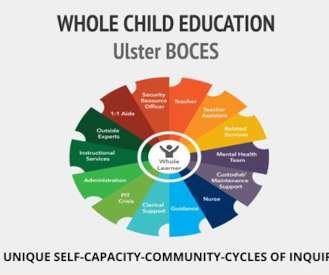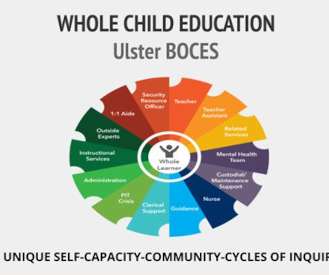How we built a whole-child, wraparound approach to special education
eSchool News
JANUARY 27, 2023
Each space, piece of furniture, curricular material, and multi-sensory practice was intentionally designed around a foundation of research-based practices. In addition, we incorporated the multisensory Orton-Gillingham approach for reading instruction, which has shown great success with many of our students.












Let's personalize your content